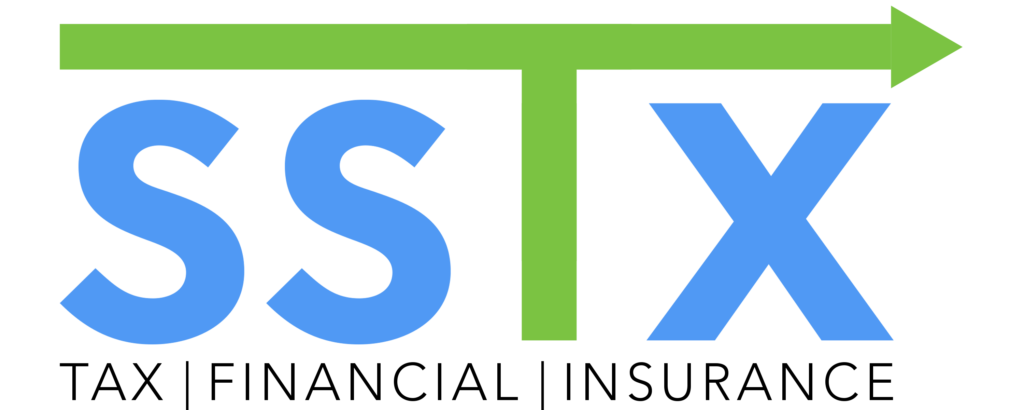- 5151 Flynn Pkwy Ste 307, Corpus Christi, TX 78411
- admin@sstxfin.com
Medicare Plans
Medicare Plans Right For You
Medicare health plans are an important part of the Medicare program. They help people with Medicare pay for their health care costs. There are two types of Medicare health plans: private fee-for-service (PFFS) plans and Medicare Advantage plan
Medicare Part A
Medicare Part A is the part of Medicare that covers inpatient hospital care, skilled nursing facility care, hospice care, and home health care.
Medicare Part B
Medicare Part B is a federal health insurance program that covers outpatient medical care and some preventive services.
Medicare Part D
Medicare Part D is a prescription drug coverage plan that is designed to help seniors with the costs of their prescription medications.
Medicare pulls together many benefits, care options and costs into one plan.
Medicare health plans are an important part of the Medicare program. They help people with Medicare pay for their health care costs. There are two types of Medicare health plans: private fee-for-service (PFFS) plans and Medicare Advantage plan
PFFS plans are offered by private insurance companies that contract with Medicare. PFFS plans have their own rules about which providers you can see and how much you will pay for services.
Medicare Advantage plans are offered by private insurance companies that contract with Medicare. These plans must provide at least the same coverage as Original Medicare, but they can also offer extra benefits, such as dental care or vision care.
Most Medicare Advantage plans include prescription drug coverage .
You can get a Medicare health plan even if you have a Medicare Supplement Insurance (Medigap) policy.
You can switch from one Medicare health plan to another during the annual Open Enrollment period (October 15-December 7). You can also switch plans if you have a “special enrollment period.” This might happen, for example, if you move to a new area or if your plan stops offering coverage in your area.
Medicare Part A
Medicare Part A is the part of Medicare that covers inpatient hospital care, skilled nursing facility care, hospice care, and home health care.
Part A is usually free for those who have worked and paid into Social Security for at least 10 years. For those who have not worked enough or paid into Social Security, Part A can be purchased. Part A has a deductible and coinsurance. The deductible is the amount you must pay out-of-pocket before Medicare starts to pay for your care. The coinsurance is the portion of your bill that you are responsible for after the deductible has been met. Part A may also cover some preventive services. Part A is administered by the federal government.
An insurance broker can help with Medicare Part A in a few different ways. They can help you understand what Part A covers and how it works. They can also help you compare different plans to find the one that best meets your needs. And finally, they can help you enroll in a plan and make sure you are getting the coverage you need.
If you are 65 years of age or older, you are eligible for Medicare Part A.
Medicare Part B
Medicare Part B is a federal health insurance program that covers outpatient medical care and some preventive services. It is run by the Centers for Medicare & Medicaid Services (CMS). Part B is optional, but most people who are eligible for Medicare enroll in it.
Part B has a monthly premium, which is usually deducted from your Social Security check. You also pay a deductible and coinsurance for most services.
Part B covers medically necessary services, such as doctor’s visits, laboratory tests, x-rays, and certain vaccines and screenings.
It also covers some preventive services to help you stay healthy. These include:
- An annual wellness visit
- Certain cancer screenings
- Flu and pneumonia shots
- Some Foot exams and care
Part B also covers some durable medical equipment, such as blood sugar monitors and crutches.
If you are already receiving benefits from Social Security or the Railroad Retirement Board, you will be automatically enrolled in Part B. If you are not receiving these benefits, you can sign up for Part B during your Initial Enrollment Period. This is the seven-month period when you first become eligible for Medicare. You can also sign up for Part B during the Annual Election Period, which runs from October 15th to December 7th each year.
Medicare Part D
Medicare Part D is a prescription drug coverage plan that is designed to help seniors with the costs of their prescription medications. It is available through private insurance companies, and each plan has its own list of covered drugs (called a formulary). beneficiaries can choose which plan they want to enroll in, and they can switch plans at any time during the year if they find a better option. Medicare Part D plans typically have an annual deductible, copayments or coinsurance for covered drugs, and a maximum out-of-pocket limit that beneficiaries must pay each year. Some plans also offer additional coverage for drugs not covered by Medicare, such as over-the-counter medications.
In addition, Medicare Part D plans must offer a minimum level of coverage for all other drugs. However, they are not required to cover every drug on the market. Beneficiaries may need to pay some or all of the costs for drugs that are not covered by their plan. Some plans also place restrictions on coverage for certain drugs, such as limiting the quantity that can be covered or requiring prior approval before coverage is provided.
Medicare Part D plans are offered by private insurance companies that contract with Medicare.
Each plan has its own rules and regulations, so it’s important for beneficiaries to compare plans before enrolling.
The costs of Medicare Part D plans vary depending on the specific plan and the drugs that are covered. Plans may have an annual deductible, copayments or coinsurance for covered drugs, and a maximum out-of-pocket limit that beneficiaries must pay each year. Some plans also offer additional coverage for drugs not covered by Medicare, such as over-the-counter medications.
If you’re enrolled in Medicare Part A and/or Part B, you may be wondering how you can get coverage for prescription drugs. That’s where a private insurance company can help.
Most private insurance companies offer Medicare Part D plans
Medicare Part D plans are an important way to help seniors with the costs of their prescription medications. However, it’s important to compare plans before enrolling to make sure they are getting the coverage they need at a price they can afford.
Request a Call Back
Call us and we will look at your eligibility immediately and get you going.
Let us help you grow your business.
SSTX Financial is here when you need it the most. We are reliable, honest and professional in our work.
We Believe We Will Be Successful If Our Clients Are Successful.
Financial Planning
Horem ipsum dolor consectetuer Lorem simply dummy orem commo.
Software and Research
Horem ipsum dolor consectetuer Lorem simply dummy orem commo.
Quality Resourcing
Horem ipsum dolor consectetuer Lorem simply dummy orem commo.

Business Services
Horem ipsum dolor consectetuer Lorem simply dummy orem commo.
Healthcare Services
Horem ipsum dolor consectetuer Lorem simply dummy orem commo.
Travel and Aviation
Horem ipsum dolor consectetuer Lorem simply dummy orem commo.
0
m
Happy Customers
Lorem ipsum dolor sit amet, consectetur do eiusmodunt.
0
%
Clients Satisfied
Lorem ipsum dolor sit amet, consectetur do eiusmodunt.
0
K
Projects Done
Lorem ipsum dolor sit amet, consectetur do eiusmodunt.
Support
Get In Touch
Address :
- 5151 Flynn Parkway Ste 307 Corpus Christi, TX 78411
Phone :
Email :
Our Location
© 2022 SSTX Financial. All Rights Reserved.
Website created and maintained by ItsMoose.com
